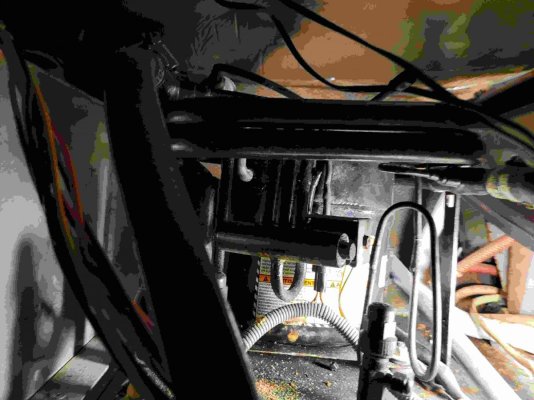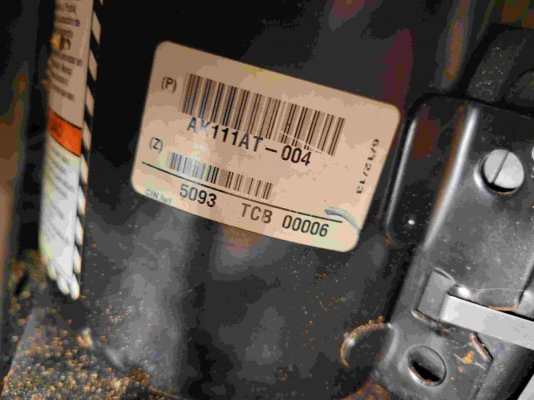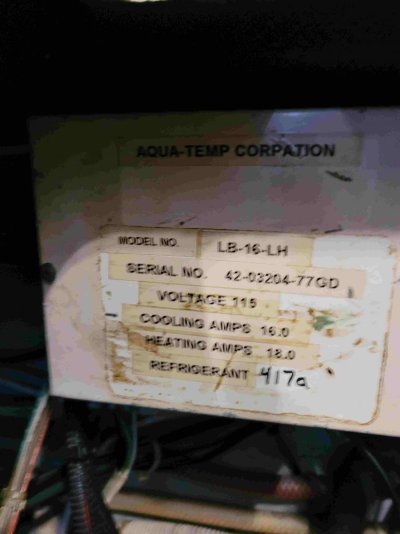PhilPB
Guru
- Joined
- Oct 5, 2021
- Messages
- 772
- Location
- Palm Beach County
- Vessel Name
- Sun Dog
- Vessel Make
- Mainship 34
I'm not sure what ac unit I have and have tried to find info on the web but have come up empty.
The ac panel is Aqua Temp and looks a bit old. Near the compressor is a hand-done info plaque, but not sure of its validity. Assuming the info is correct, does this look familiar? I'm also trying to figure out if it was to be replaced, what is a good option?
The ac panel is Aqua Temp and looks a bit old. Near the compressor is a hand-done info plaque, but not sure of its validity. Assuming the info is correct, does this look familiar? I'm also trying to figure out if it was to be replaced, what is a good option?



